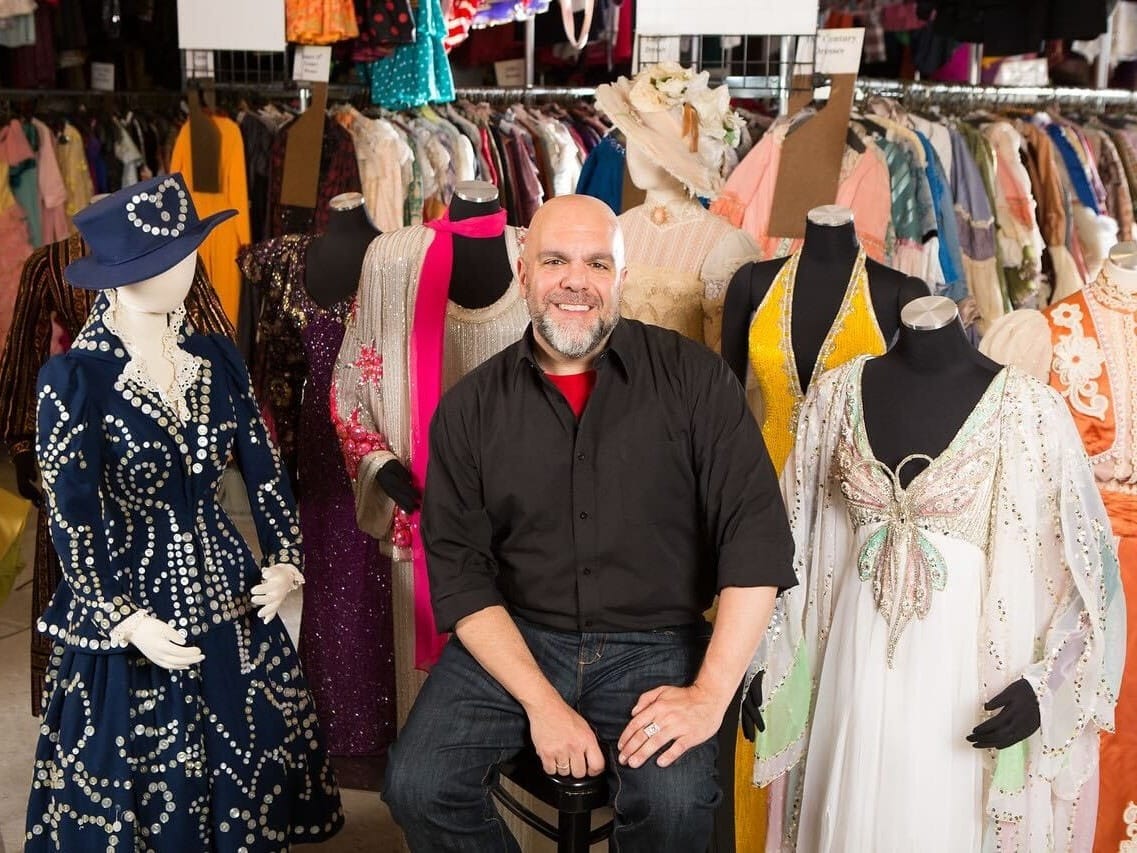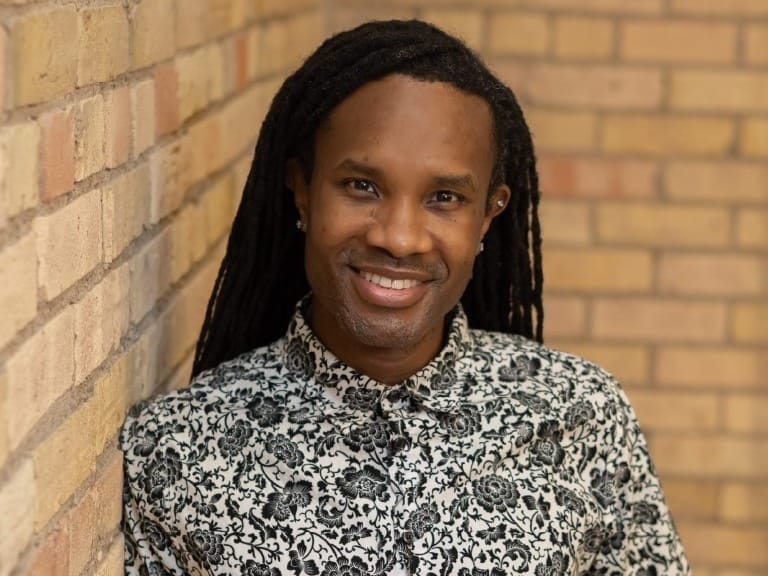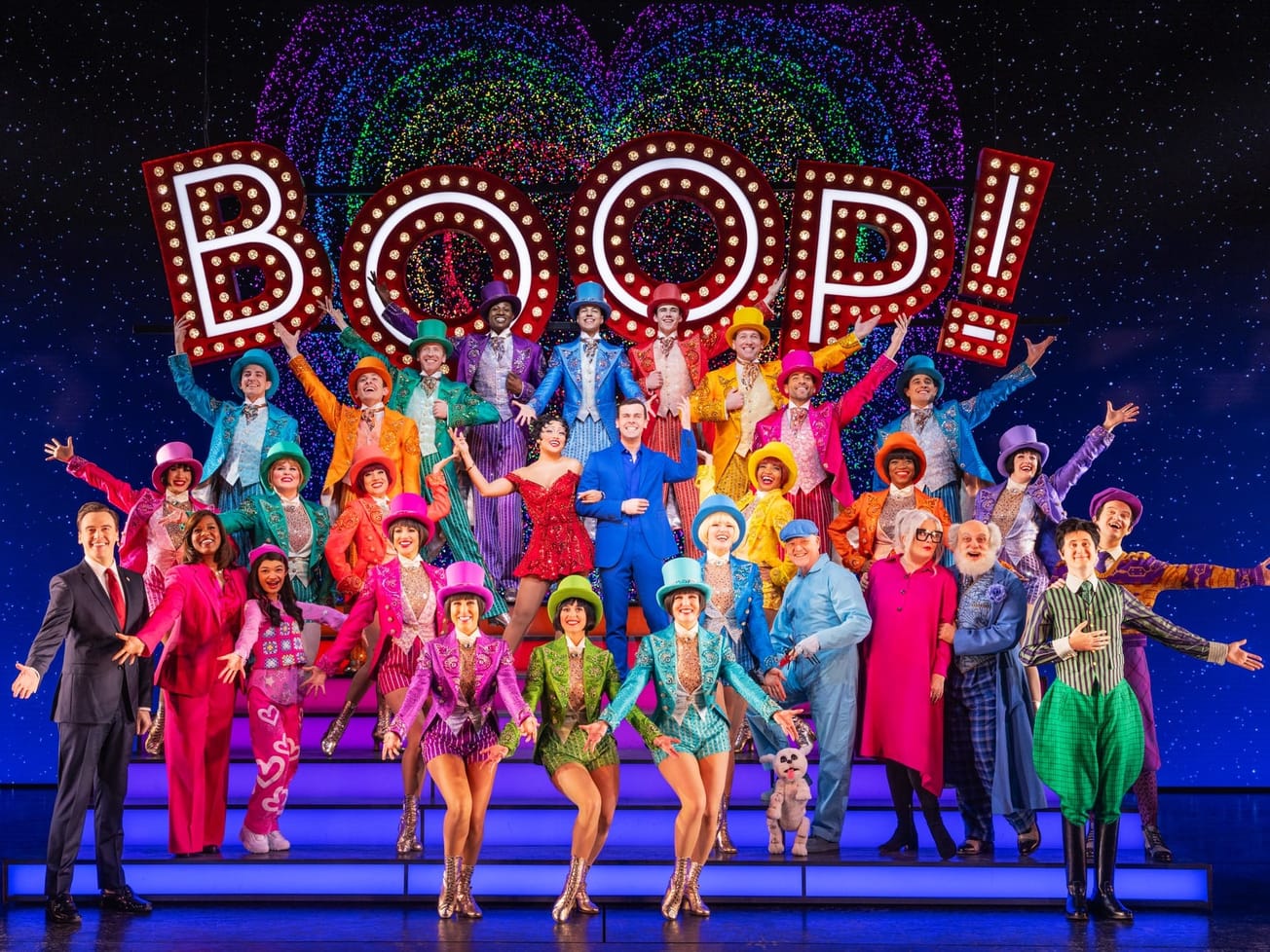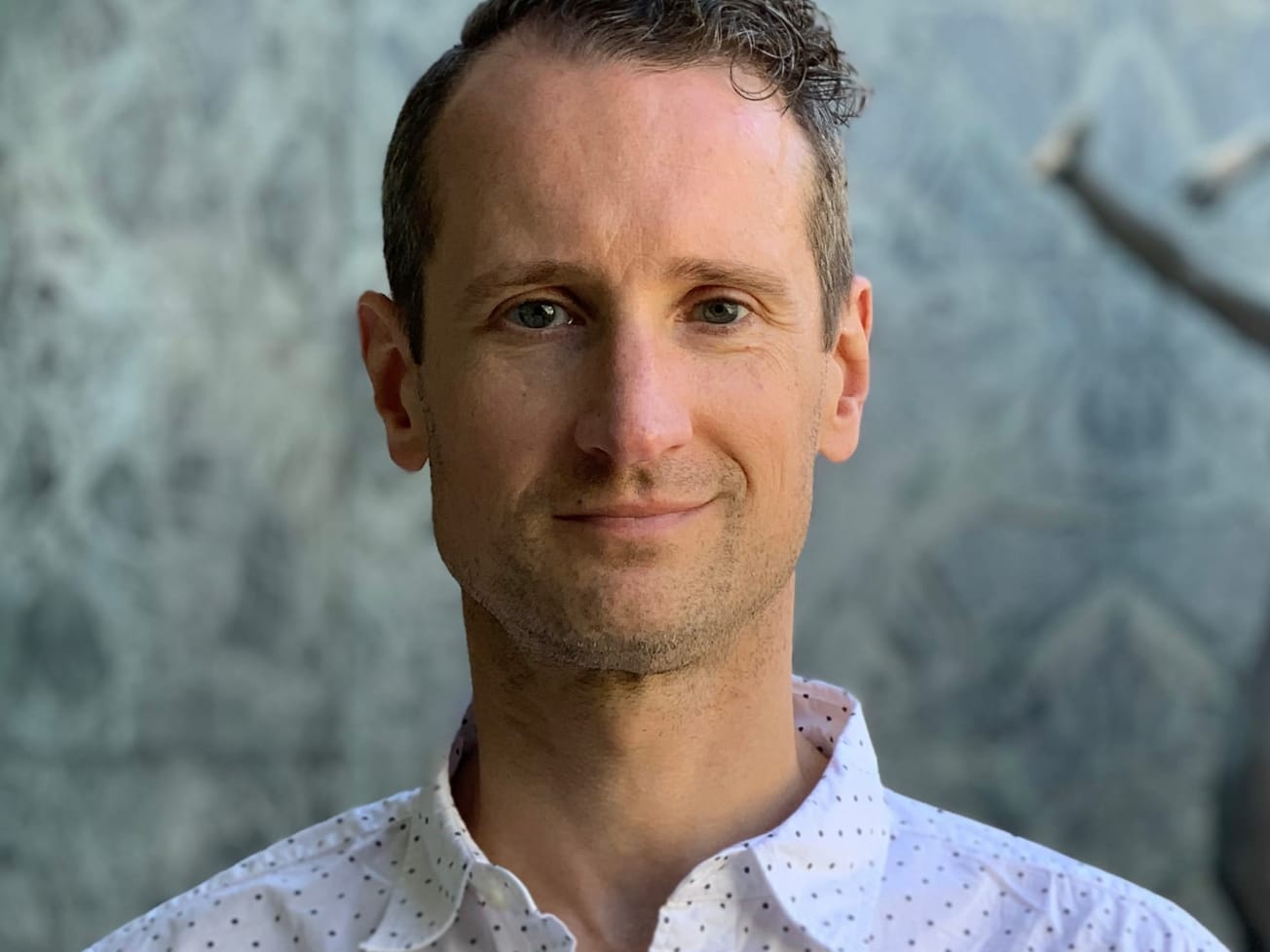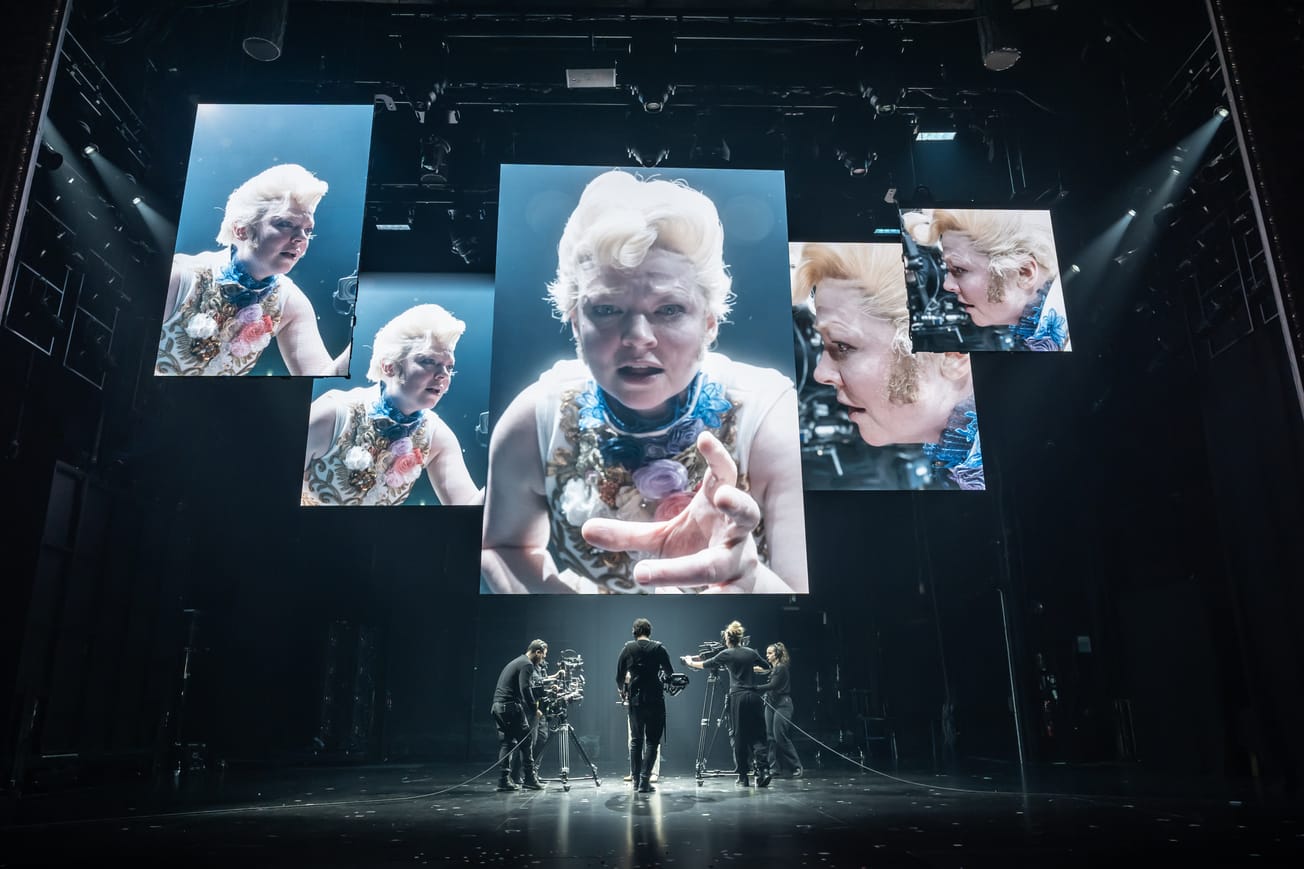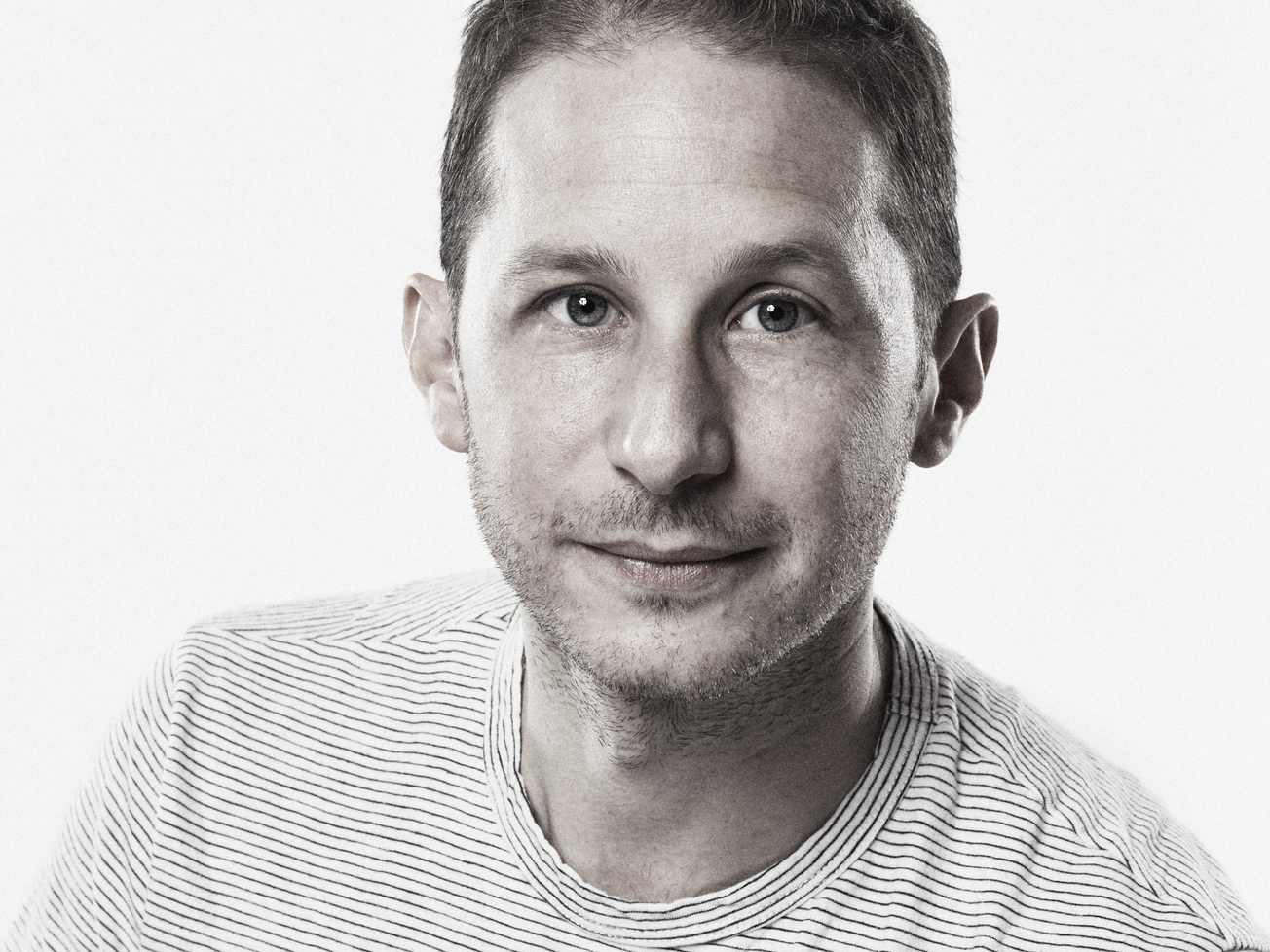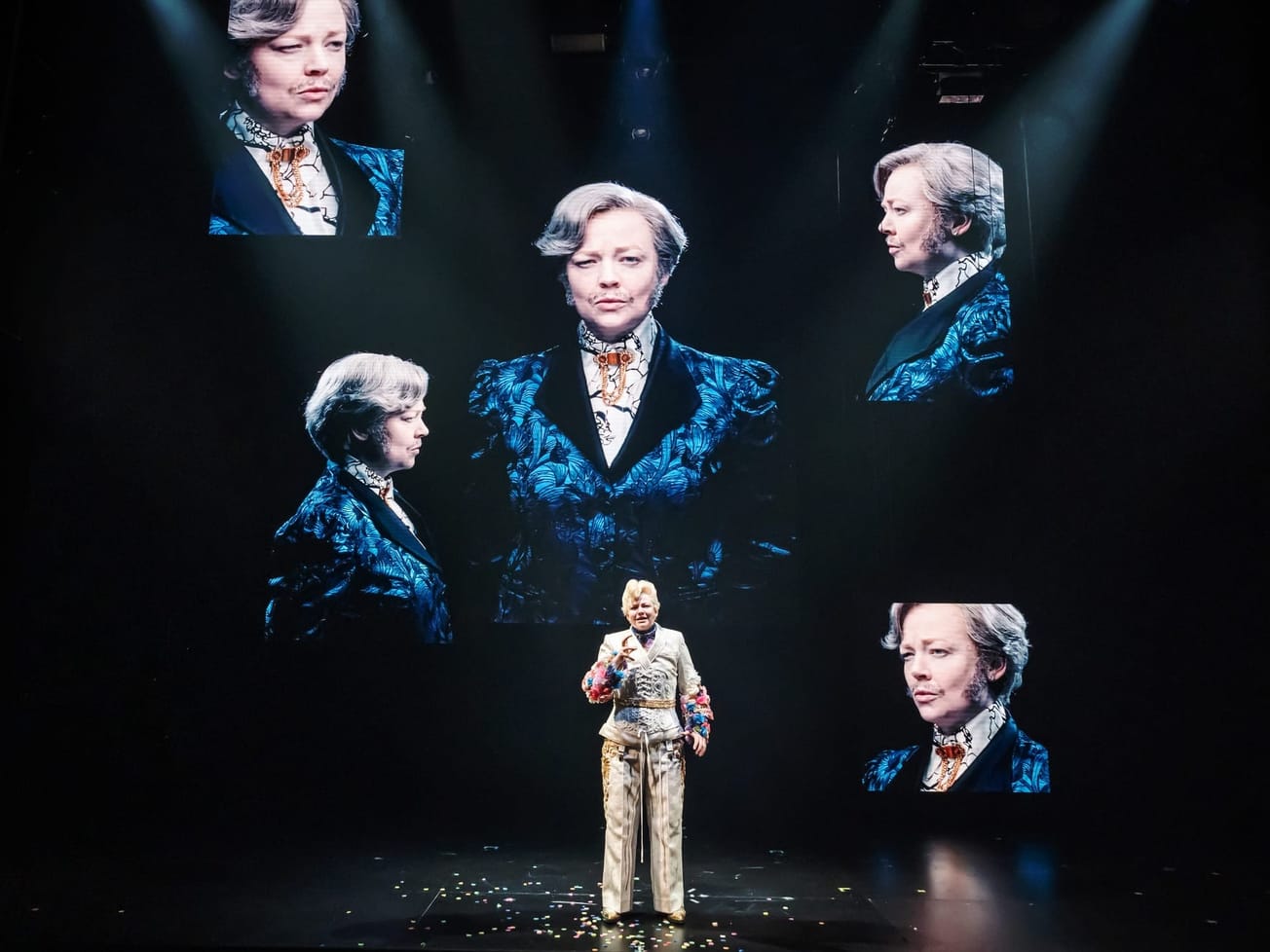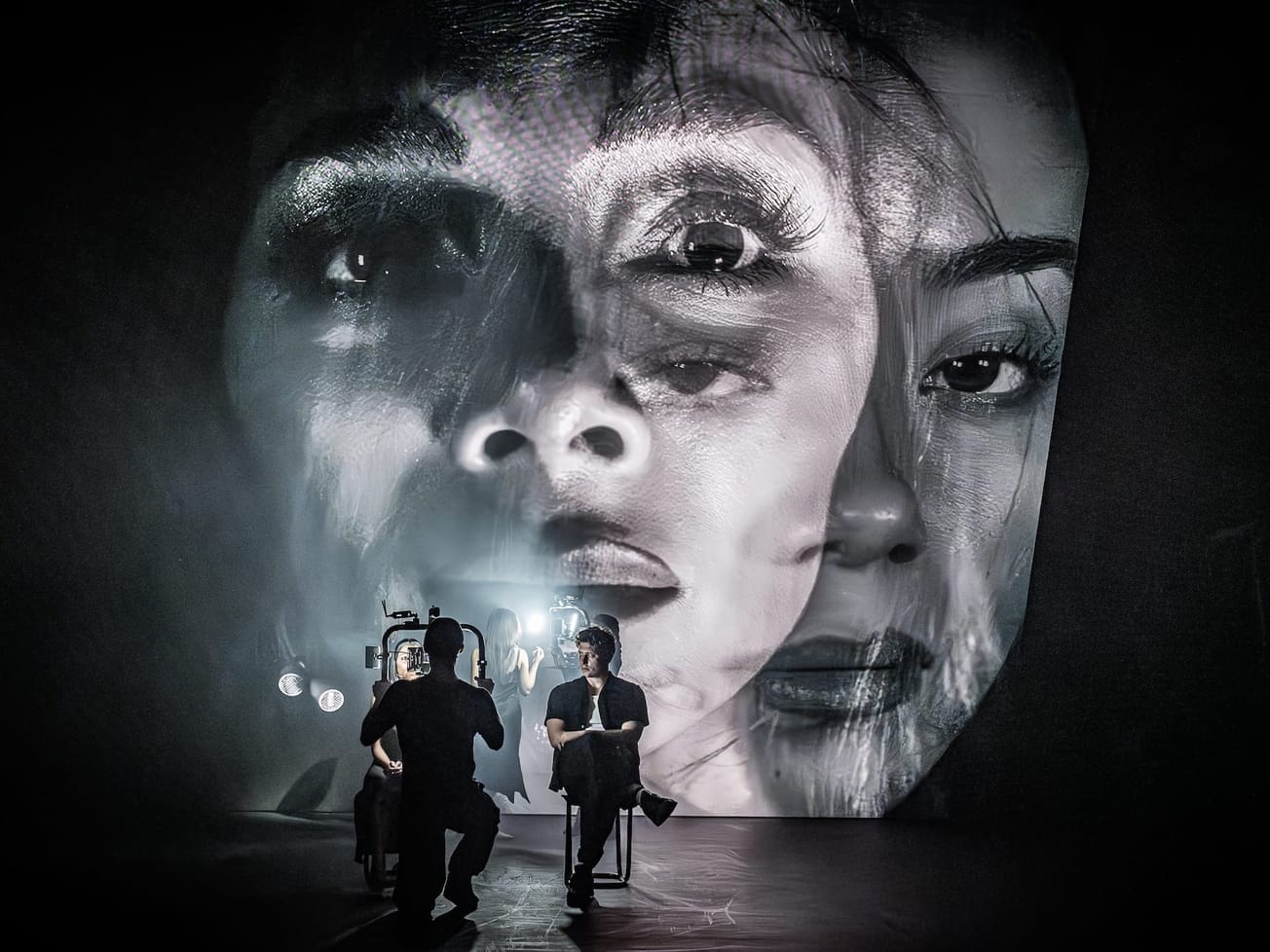One year into the Broadway shutdown, producers are beginning to see glimmers of hope for its return.
With the arrival of new vaccines and an improving rollout strategy, producers have tentatively started to lay out the framework, or at least talk about the logistics of bringing back their dormant productions. The process of reopening productions will bring a bevy of challenges, including new safety protocols and related costs, as well as the physical and mental hurdles of welcoming back casts and audience members.
Broadway shows are currently closed through May 30, 2021, but many producers see the fall as a likely return. The timeline is based on forward-thinking statements from Dr. Anthony Fauci and other government officials, as well as the premise that a majority of the population will be vaccinated and theaters can be filled.
But, like most things in the pandemic, that timeline is subject to shift, depending on the effectiveness of the vaccines against new COVID-19 variants and nationwide control of the virus. And even when Broadway does get the green light — a process that will likely begin with an on-sale date for tickets — the industry may stagger the reopening of productions to allow for more gradual consumer demand.
“It’s a rehabilitation of an industry,” said Kevin McCollum, producer of “Six” and “Mrs. Doubtfire.” “You just can’t flood it with so much inventory.”
Still, producers are beginning to consider what it will take to get everyone back into a theater.
Carmen Pavlovic, producer of “Moulin Rouge!” and chief executive of Global Creatures, has a global view of reopening plans from her home base in Australia, where she is currently working to open a new production of the musical, in addition to the postponed production in London and the Broadway show.
“Late ’21 for us will be, in the best world, reopening Broadway, and certainly opening Australia, and all things being equal, opening the West End as well,” Pavlovic said.
From her perspective in Australia, the process of opening a show these days is more time intensive — the audition process alone took six weeks compared to four due to limitations on room capacity — and more costly. All of the contracts, from theater agreements to supplier agreements, now include COVID-19 clauses. The production has taken on the added costs of hiring COVID marshals, safety officers and an epidemiologist.
“We really expect this to decrease over time, but it’s not uncommon for us to spend about $10,000 a week on testing,” Pavlovic said.
While theaters in Australia are operating without widespread vaccination, Pavlovic said she expects many of its practices will be used by a vaccine-reliant Broadway. These include mask-wearing audiences, staggered arrival times and the use of QR codes for contact tracing and check-ins. The union-mandated safety protocols for Broadway remain to be seen.
Preparing for a Broadway reopening will entail reassembling a show’s cast and crews, which includes gauging interest in returning and recasting roles for those who do not, potential costume refittings and several weeks of rehearsal. “Moulin Rouge!” recently held a meeting with cast members and musicians on the subject and is also considering offering support for physical conditioning prior to rehearsals. The “Jagged Little Pill” team has also begun thinking through the preparation process, according to producer Eva Price, while “Mrs. Doubtfire” and “Six” have been hosting Zoom updates.
During auditions in Australia, Pavlovic noted that the symptoms of vocal fatigue could present similarly to those of early COVID symptoms, which may mean a production will need additional covers to ensure work continues while the individual leaves to be tested.
A show like ‘Six,’ which has a small cast and runs 80 minutes with no intermission, may have an easier time of restarting than larger shows. It also has the benefit of being a new title that many in the tri-state area, likely the first audience members to come back, have yet to see.
“I think ‘Six’ has some built-in advantages to be part of the rehabilitation of Broadway, and I think when ‘Six’ is back Broadway’s back,” McCollum said.
To that end, producers have begun thinking about the marketing needed to revamp the show’s brand post-shutdown and assure audiences that it’s safe to return. But it’s an expense shows will be taking on with dwindled cash reserves.
“It’s a very big campaign for all of the shows, considering we’re all starting from zero,” Pavlovic said. “All of our advances have been whittled down to nothing.”
With marketing, rehearsal and safety costs, reopening could cost $3 million to $4 million for larger shows.
The good news is the industry is set to receive federal support through the Save Our Stages provision, which could offer each production up to $10 million in grants to bolster reopening efforts.
And, as evidenced by reopening efforts in Australia, there’s pent-up demand among patrons for theater and no sensitivity to ticket pricing. Shows will need to be prepared to address an expansive list of questions on refunds and rescheduling tickets, Pavlovic said.
“What we’ve seen reflected here is increased confidence, definitely increased confidence that’s easily shaken,” she said.
That confidence takes a hit after a small COVID outbreak, but quickly returns when it feels safe, she said.
The last piece to reopening will be acknowledging the mental hardship of the past year. This process will need to include formal support and open communication with casts and companies, as they not only reckon with how to make art amid the safety precautions, but also confront the inequities revealed in the past year, Price said.
“Whatever can be done to acknowledge the trauma not only brought on by the health and the shutdown of our industry, but by the systemic racism, the pain and the need for more equity, diversity and inclusion in our industry and in our life,” she said.



















































